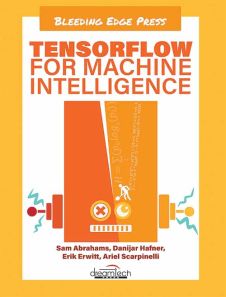Tensorflow For Machine Intelligence
ISBN: 9789386052766
270 pages
Publication Year: 2018
For more information write to us at: acadmktg@wiley.com

Description
This book is primarily focused on the TensorFlow API. This TensorFlow book introduces the framework and the underlying machine learning concepts that are important to harness machine intelligence. After reading this book, you will acquire the core knowledge about TensorFlow API. The book also enables you to install TensorFlow on various devices, create core machine learning models in TensorFlow, deploy code with TensorFlow Serving, utilize TensorBoard to analyze models, etc.
- Introduction
- TensorFlow Installation
- TensorFlow Fundamentals
- Machine Learning Basics
- Object Recognition and Classification
- Recurrent Neural Networks and Natural Language Processing
- Deploying Models in Production
- Helper Functions, Code Structure, and Classes
- Conclusion

